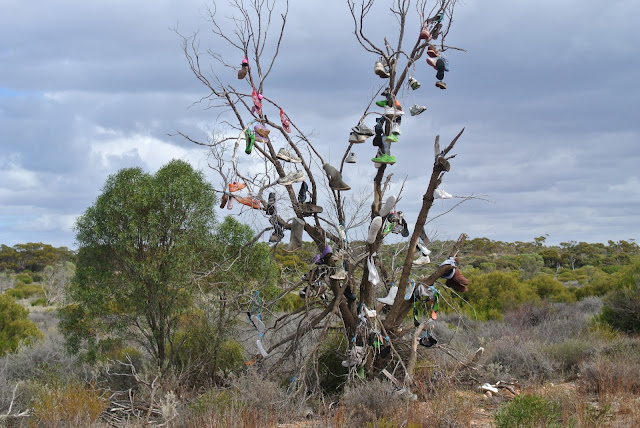So, I still get a lot of calls asking for donations, etc, and of course I do give to some, but I just can't support all the callers.
Recently I was contacted to participate in a neighbourhood door to door collection for the Salvation Army - "The Red Shield Neighbourhood Appeal", to be held from 19th May to the 1st June.
At first I tried to get out of it, with the excuse I was going to Adelaide for 1 week during these dates (which was true), but the lady convinced me that it was a good cause, and I only had to give 1 hour or so of my time, by going door to door in one particular street in
my neighbourhood, in fact the street parallel to mine.
So this Sunday, 26th May, I set off with my name tag, "sorry I missed you" envelopes, and receipt book. It was a bit daunting knocking on stranger's doors, but I had to tell myself it was for a good cause.
This year the Salvation Army is hoping to raise over 10,2 million dlrs. with this collection that will help out 1 million underprivileged Australians.
Well, I'm a bit disappointed with my collection - out of 25 houses in the street, only 5 people donated (total of $18,20), 3 others declined to donate, 2 said they had donated at the Salvation army booth at Shopping centre on Saturday, one had a "Do not enter -dog", 4 houses had walled and gated front gardens, and the others weren't home, so I left a "Sorry I missed you envelope" so they are able to send a direct donation if they wish.
But anyway, you have to remember that all the donations put together will eventually amount to that $10,2 million they expect...
The Salvation Army or "Salvos" in Australia also have "thrift stores/op-shops", where anyone can buy second hand clothing, bric a brac, books, furniture, etc. and at the same time help those in need.
| Some of the Op shops can appear like normal boutiques (taken from net - Brisbane Salvos) |
We had to take a chair, but there were plenty of tables draped in pink tablecloths. We sat down, then helped ourselves to beautiful finger food in a well laden and beautifully decorated table, and filled our cups with either tea or coffee.
 |
| The well decorated table and lovely finger food |
 |
| A very different "bunch of flowers" made with paper serviettes |

 |
| Maureen and another fund raiser |
Then Maureen, the lady that is going to volunteer in Peru with World Vision, gave us a talk about the projects our contribution would be funding.
After the talk, we were treated to a Fashion parade, with 4 "normal models" wearing a vast array of pretty clothes. After the parade you were free to mingle and get to know the other participants, look and touch the fashion parade clothes and buy them if you wished.
We came home happy in the knowledge that we had done a good deed and had a wonderful afternoon in beautiful surroundings.
 |
| One of the models of the fashion parade |
 |
| The models take a last bow |
Some information about the work of the Salvation Army:
In a typical
week, The Salvation Army provides approximately:
100,000
meals and 8,000 food vouchers for the hungry
2,000
beds for the homeless
1,000
people with assistance in finding employment
Refuge
for 500 victims of abuse
Assistance
to 500 people with drug, alcohol and gambling problems
Offering
assistance to thousands of people with counselling
3,000
people with aged care services Family
tracing services to aid in locating missing family members

























